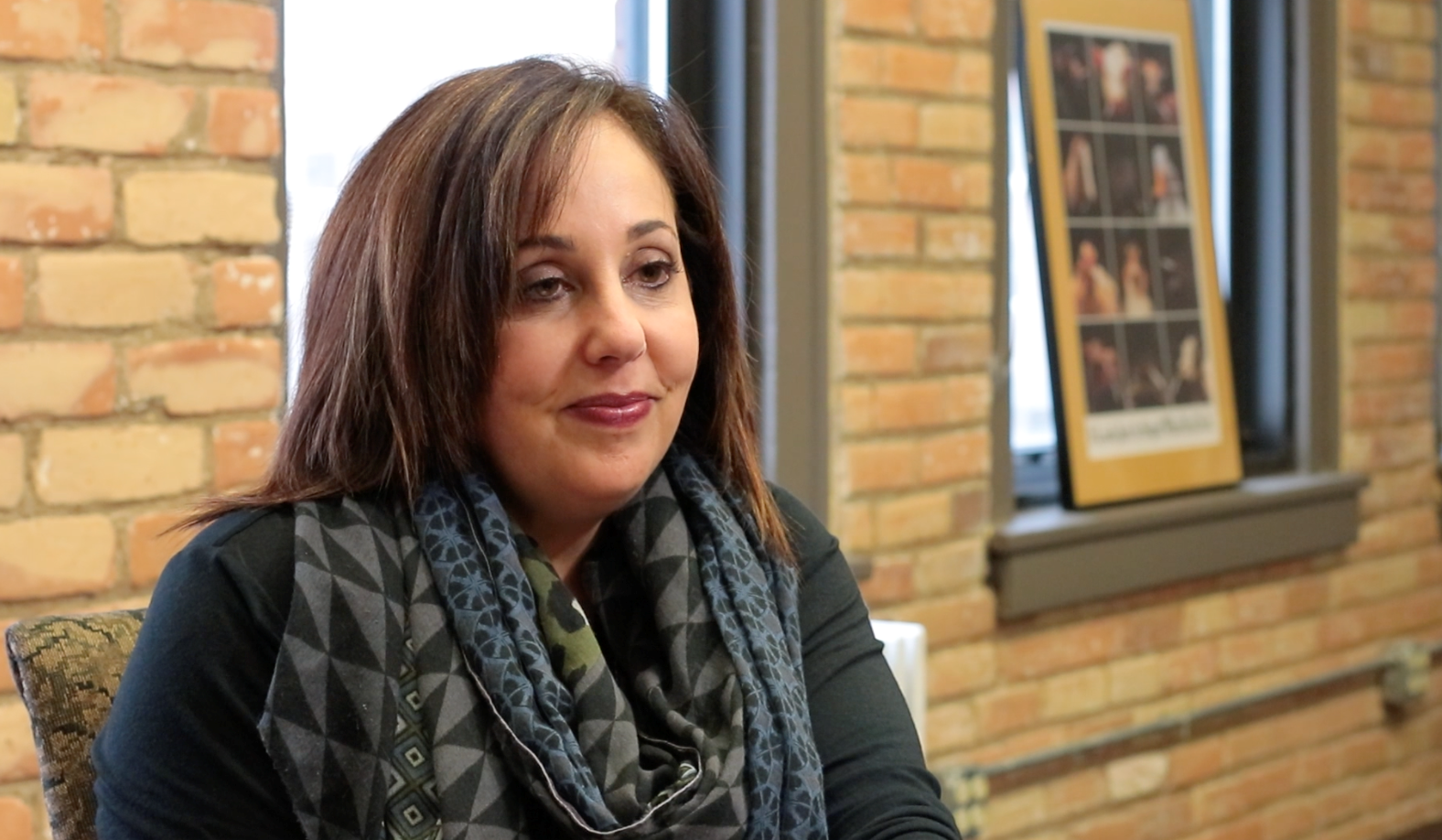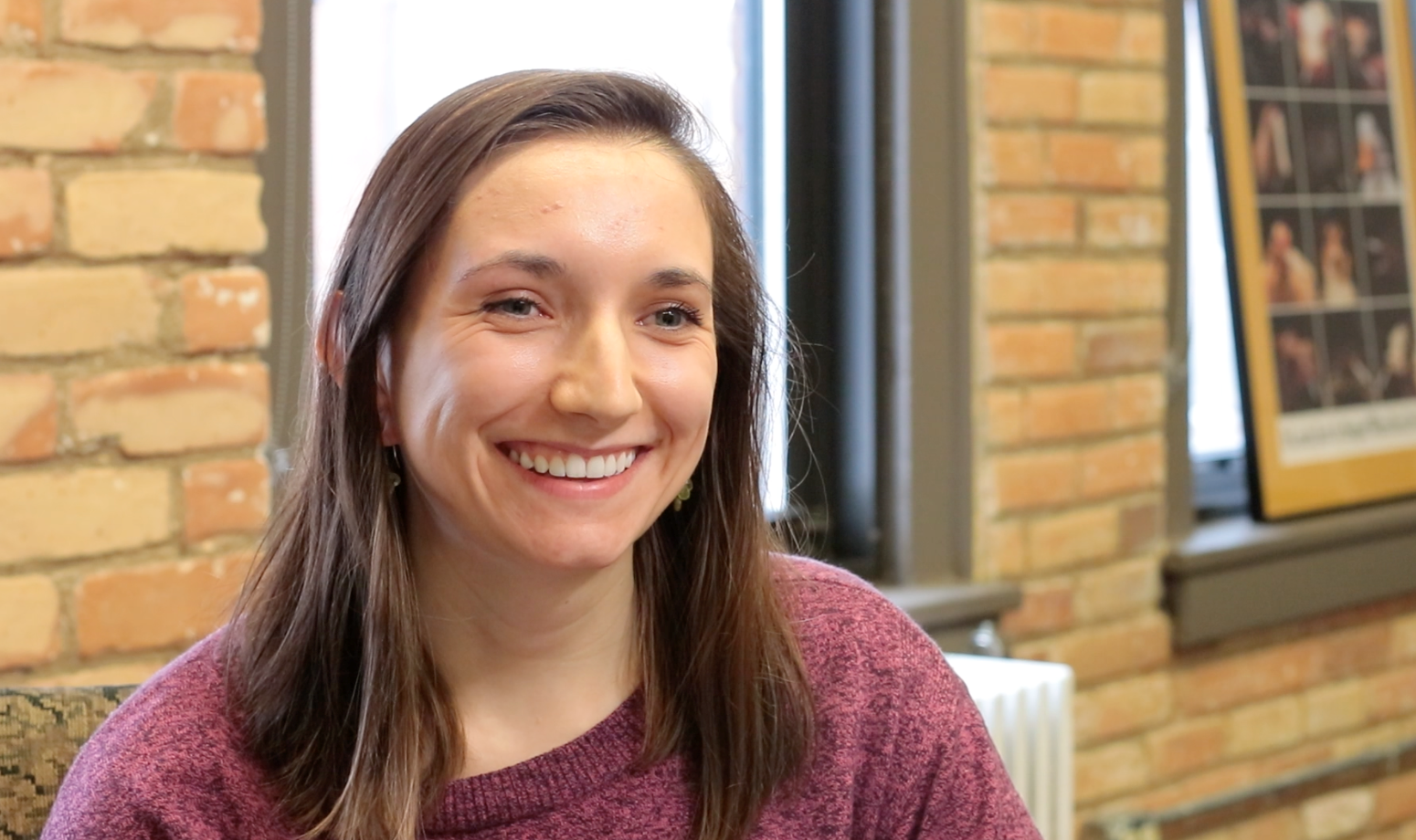Commercial Tobacco Use
Tobacco Topics
- Behavioral Health and Commercial Tobacco
- COVID-19 and Commercial Tobacco
- E-cigarettes and Vaping
- Flavored Commercial Tobacco Products
- Menthol Commercial Tobacco Products
- Nicotine and Nicotine Dependence
- Secondhand Smoke and Aerosol
- Traditional and Sacred Tobacco
Related Topics
Contact Info
Youth Voices are Powering Tobacco Law Changes
Young people build leadership skills at Tobacco-Free Alliance to advocate for a tobacco-free generation
Commercial tobacco use is still the number one cause of preventable death in Minnesota. Although fewer people in the state are smoking cigarettes, the tobacco industry spends hundreds of millions of dollars each year to entice more Minnesotans—especially teens—to become addicted to nicotine through vaping, chewing, and smoking. For decades the industry has heavily promoted menthol and other flavored tobacco products to teens, especially to youth in marginalized groups, such as people of color, low-income populations, and LGBTQ communities.
Menthol and other flavors added to tobacco make it easier to start smoking, by masking the harsh taste and burning sensation from inhaling smoke. Flavored cigarettes, excluding menthol, were banned by the U.S. Food and Drug Administration in 2009. However, many products, including flavored cigars, chewing tobacco, e-cigarettes and vaping devices, were not covered by the ban.
 “For many kids in this generation, it isn’t about smoking cigarettes; it’s about vaping and e-cigarettes,” observed Elyse Levine Less, Executive Director of Tobacco-Free Alliance (TFA) of St. Paul. Flavored liquids containing nicotine delivered through these devices make it easier for teens to begin using the products, and they can very quickly become addicted. TFA is using three main strategies to advance their mission: advocating for tobacco policy change, working with young people to prevent tobacco use and become tobacco prevention advocates in their own communities, and connecting people to resources for quitting. The program is supported in this work as one of eleven recipients of a Tobacco-Free Communities (TFC) grant from the Minnesota Department of Health, a program to reduce smoking, prevent youth commercial tobacco use, and address tobacco-related disparities in Minnesota. The TFC grant program is part of a growing movement to promote community-driven tobacco prevention and control activities and strategies.
“For many kids in this generation, it isn’t about smoking cigarettes; it’s about vaping and e-cigarettes,” observed Elyse Levine Less, Executive Director of Tobacco-Free Alliance (TFA) of St. Paul. Flavored liquids containing nicotine delivered through these devices make it easier for teens to begin using the products, and they can very quickly become addicted. TFA is using three main strategies to advance their mission: advocating for tobacco policy change, working with young people to prevent tobacco use and become tobacco prevention advocates in their own communities, and connecting people to resources for quitting. The program is supported in this work as one of eleven recipients of a Tobacco-Free Communities (TFC) grant from the Minnesota Department of Health, a program to reduce smoking, prevent youth commercial tobacco use, and address tobacco-related disparities in Minnesota. The TFC grant program is part of a growing movement to promote community-driven tobacco prevention and control activities and strategies.
Teens raise awareness in their communities through education
Youth leaders and activists are some of the most effective advocates for commercial-tobacco-free communities. That’s one reason why (TFA) continues to partner with numerous community and school organizations to energize and mobilize students. “With youth taking ownership of the process, they all discover they have something in common [while] coming from different cultural backgrounds,” said Less.
Community-based youth groups are a driving force in commercial tobacco control and prevention. In early 2018, teens working with TFA celebrated action by the St. Paul City Council to restrict menthol tobacco products to adult-only tobacco shops and liquor stores. In May 2018, advocacy by students participating in Anglos Latinos Motivated to Succeed (ALMAS) at Henry Sibley High School helped pass a flavored tobacco sales regulation in Mendota Heights.
 Young people had been actively involved in educating and raising awareness of the harms of menthol tobacco use, which played a role in the passage of the city’s menthol policy. “When an ordinance or policy passes, it’s huge for the teens,” said Melissa Mady, Community Engagement Specialist at TFA. “They can see their work creating something that’s sustainable throughout the years to come.”
Young people had been actively involved in educating and raising awareness of the harms of menthol tobacco use, which played a role in the passage of the city’s menthol policy. “When an ordinance or policy passes, it’s huge for the teens,” said Melissa Mady, Community Engagement Specialist at TFA. “They can see their work creating something that’s sustainable throughout the years to come.”
For example, teens in the Vision in Living Life (VILL) program at the Aurora St. Anthony Neighborhood Development Corporation led community education efforts at area schools and community events. They also raised community awareness about menthol targeting through activities such as sidewalk chalk drawings that expressed why tobacco is a problem for youth. ALMAS raised awareness and supported the community by collecting pairs of shoes to represent the hundreds of people who die from tobacco-related diseases every hour. This year the students collected more than 200 pairs, which were later donated to a local community organization.
Other youth groups working with TFA to increase community education and awareness of tobacco issues include the Humboldt High School Girls Leadership Group, St. Paul Academy Peer Helpers, and the Hmong Youth Tobacco Prevention Team.
Decision makers listen to young people’s priorities around commercial tobacco
Perhaps the most important action taken by these young people was meeting with St. Paul council members and city staff to voice their concern over the impact they see from commercial tobacco use in their community. “So many decision makers say they don’t often hear from youth,” said Mady. “When youth are energized and willing to organize around an issue they can reach decision makers. They are a huge asset for their communities.”
Tobacco-Free Alliance supports community-driven solutions
“Through our Tobacco-Free Communities grant we are doing all we can to engage our community partners to advance health equity and to live tobacco-free lives,” remarked Less. “We understand the importance of community-driven policy change, and we support the solutions developed by communities. It’s part of every step of our projects, from planning and assessment, to education and advocacy, to implementation.”Learn more about Tobacco-Free Alliance at mntobaccofreealliance.org.
Download this story: Youth Voices are Powering Tobacco Law Changes (PDF)
More stories about community grantees
The Tobacco-Free Communities Grant Program funds local community grants and technical assistance and training grants that aim to reduce and prevent youth tobacco use and address tobacco-related disparities in Minnesota by promoting community-driven tobacco prevention and control activities and strategies.
Learn more about the Tobacco-Free Communities Grant Program and read grantee stories featuring their work throughout Minnesota communities.